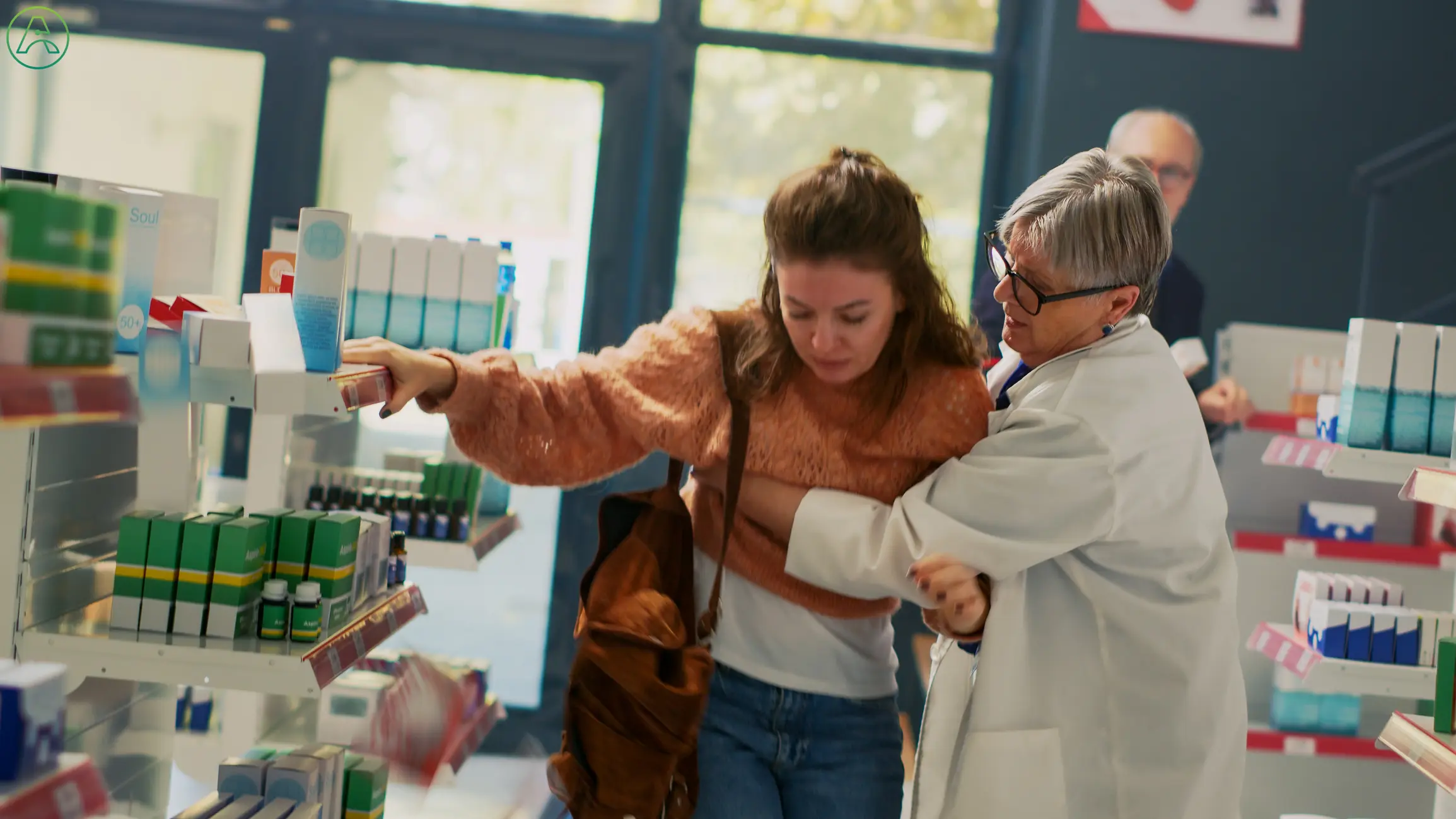Every year, nearly 800,000 Americans have a stroke. Considered the brain’s equivalent of a heart attack, a stroke is a medical emergency in which every second counts. But do you know how to recognize the symptoms? In this article, Ability Central will address the symptoms and early signs of a stroke by answering the following:
What are the signs of a stroke before it happens?
What symptoms appear during a stroke?
What are the FAST stroke warning signs?
What are Transient Ischemic Attack symptoms?
What is an ischemic stroke, and what are the first symptoms?
What’s the difference between an embolic and thrombotic stroke?
What are the first signs of a hemorrhagic stroke?
What should I do if I suspect someone is having a stroke?
Where can I get more information about strokes?
What are the signs of a stroke before it happens?
Stroke symptoms often appear without warning, but some people have a severe headache for up to a week before the stroke hits. Many people who have had these “sentinel headaches” before a stroke report that these warning pains feel different than normal headaches.
Sentinel headaches are sudden, intense, and last a long time, sometimes continuing for a full week or more before a major event like a stroke.
Many strokes are preventable with lifestyle changes and regular doctors’ visits. To find out if you’re at risk for a stroke, see Seven Tips to Recognize and Prevent a Stroke.
What symptoms appear during a stroke?
While symptoms of a stroke differ between people, signs of stroke may include:
Weakness or numbness of the face, arm, or leg on one side of the body.
Difficulty speaking or understanding others.
Problems with vision in one or both eyes.
Difficulty with balance or coordination.
Problems with movement or walking.
Sudden, severe headache with no known cause.
What are the FAST stroke warning signs?
If you think you or a loved one are having a stroke, remember the acronym FAST:
F is for face. Does one side of the face droop, or is it numb? A quick test is to ask the person to smile. If one side of the mouth droops, that’s a sign of a stroke.
A is for arms. Is one arm weak or numb? As a test, ask the person to raise both arms to see if one drifts downward.
S is for speech. Is the person’s speech slurred?
T is for time. Every second counts during a stroke. Strokes can be fatal or lead to permanent disability if not treated right away. Call 911 immediately and tell them the time that symptoms first appeared.
What are transient ischemic attack symptoms?
Also known as a “mini stroke,” a transient ischemic attack (TIA) presents the same symptoms as a full stroke but for a shorter period of time.
Because TIA symptoms are the same as a traditional stroke, it's not possible to tell if you're having a stroke or TIA based only on the symptoms. Additionally, TIA is often a warning sign of an upcoming major stroke.
No matter what, it’s critical to seek immediate medical help if you start showing stroke symptoms. Call 911 or head to the nearest emergency room immediately.
What is an ischemic stroke, and what are the first symptoms?
An ischemic stroke is the most common type of stroke, broken into two general categories: embolic and thrombotic. Most ischemic strokes happen quickly, over minutes to hours.
The warning signs of an ischemic stroke are:
Sudden, severe headache
Numbness or weakness in the face, arm, or leg
Confusion
Difficulty seeing in one or both eyes
Trouble walking or coordination
What’s the difference between an embolic and a thrombotic stroke?
Ischemic strokes happen in one of two ways: a blood clot forms in a blood vessel directly tied to the brain, or a clot or blockage forms elsewhere in the body before traveling to the brain.
An embolic stroke is usually caused by a blood clot that forms somewhere in the body and travels through the bloodstream to the brain. About 15% of embolic strokes occur in people with atrial fibrillation, a type of abnormal heart rhythm in which the upper chambers of the heart do not beat effectively.
Meanwhile, a thrombotic stroke involves a blood clot called a thrombus forming in the arteries that supply blood to the brain. Typically linked to old age, high cholesterol, or diabetes, thrombotic strokes can occur suddenly or gradually, typically starting during sleep or after someone first wakes up.
Both embolic and thrombotic strokes have the symptoms of an ischemic stroke. Often, you won’t know what kind of stroke you’ve had until you receive medical attention.
What are the first signs of a hemorrhagic stroke?
Hemorrhagic strokes happen when a blood vessel bursts and causes bleeding in the brain. In addition to traditional stroke symptoms, people who experience a hemorrhagic stroke will likely experience a sudden onset headache or head pain.
There are two kinds of hemorrhagic stroke:
Intracerebral hemorrhages involve bleeding from the blood vessels inside the brain, typically caused by high blood pressure.
Subarachnoid hemorrhages involve bleeding in the subarachnoid space, the space between the brain and its protective membranes that looks a lot like a spiderweb. Subarachnoid strokes are often caused by aneurysms or certain congenital disorders.
Whether intracerebral or subarachnoid, hemorrhagic strokes share the same symptoms as ischemic strokes. However, where ischemic stroke symptoms can worsen gradually over time, hemorrhagic strokes appear suddenly, typically accompanied by severe head pain that is often much worse than ischemic stroke pain.
Hemorrhagic strokes are extremely dangerous and require immediate action, like life-saving medication or emergency surgery.
What should I do if I suspect someone is having a stroke?
If you notice the symptoms of a stroke in yourself or someone else, do the following:
Call 911 immediately.
Note the time of the onset of symptoms.
If someone having a stroke falls unconscious, check their pulse and breathing, and start CPR if needed.
Don’t let the person with stroke symptoms go to sleep.
Don’t take or give medication, food, or drinks.
Don’t drive yourself or someone else to the emergency room. Emergency responders can start treatment faster than you can get checked into an ER.
Where can I get more information about strokes?
To learn more about strokes, see:
To learn about conditions related to strokes, see:



